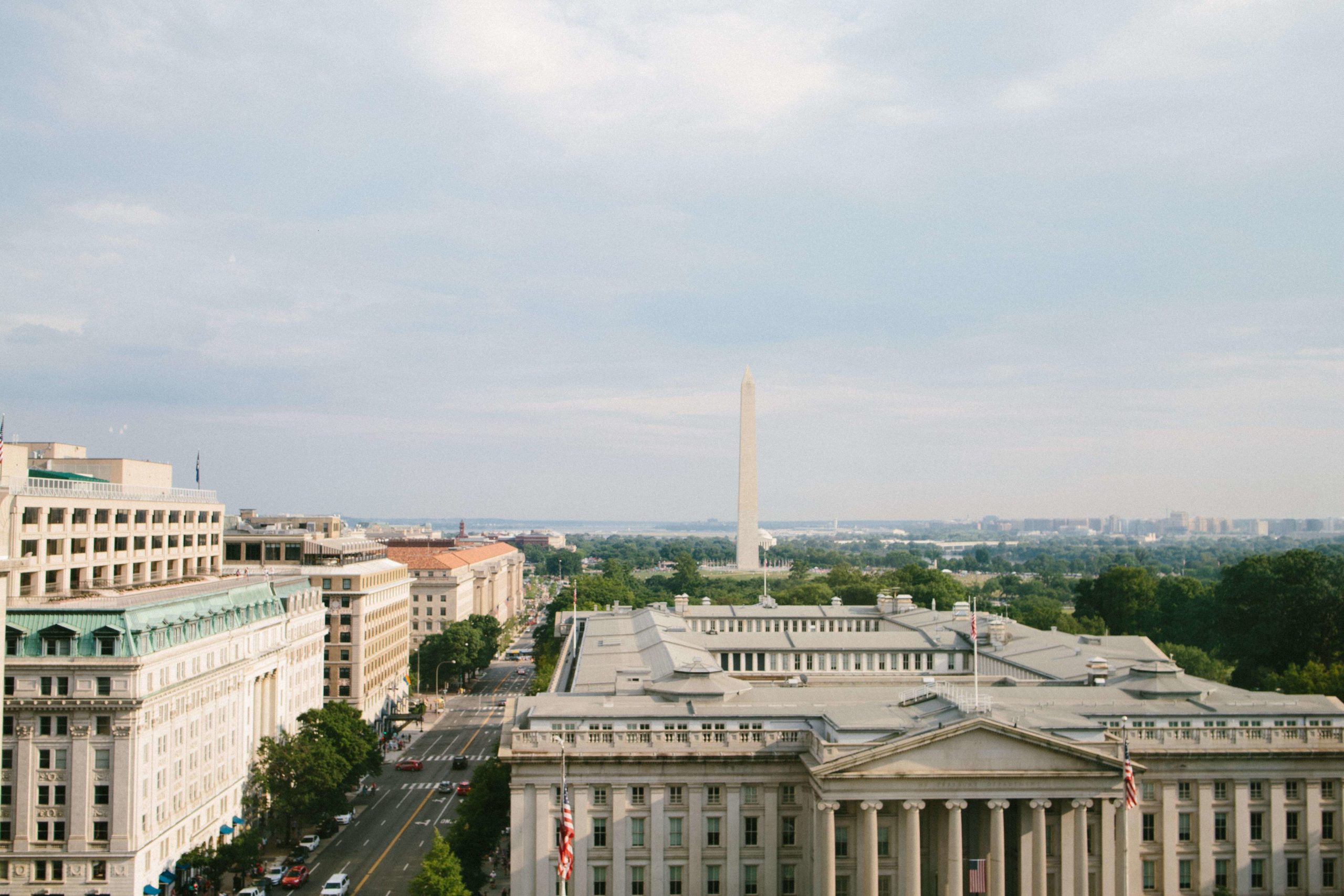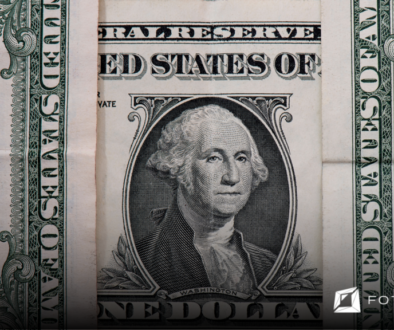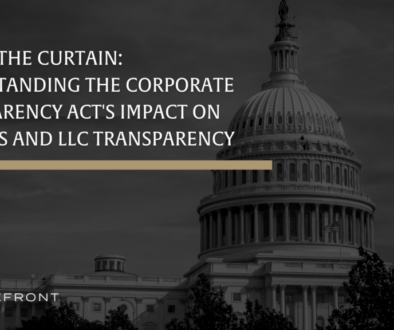What’s Inside the Latest Relief Package?
After months of gridlocked negotiations in Congress and last-minute turmoil, the latest $900 billion pandemic aid and government funding bill was finally signed into law in December 2020. The much-needed relief package provides a wide-ranging variety of assistance focused on addressing the needs of millions of Americans amid the continuing coronavirus pandemic. The bill extends some of the provisions provided by the original stimulus package passed early in the pandemic while also adding new measures to help working families and small businesses that are still struggling to get by financially. Below we outline the key elements included in the legislation and how they might impact you.
Individual payments
The most visible part of the new legislation is the direct stimulus payments of $600 for individual adults with an adjustable gross income of up to $75,000 per year as reported on 2019 federal income tax returns. Couples can make up to $150,000 and heads of households up to $112,500 to qualify for twice the amount, or $1,200 total. Additionally, families with dependent children get an extra $600 per child.
$600 checks have already been sent out for most people depending on what 2019 tax information the IRS has on file for you. You can use the IRS’s free Get My Payment tool to check the status of your stimulus payment at any time.
Recently, President Joe Biden released his proposed stimulus bill for once he takes office that would provide additional direct payments totaling $1,400 per eligible person in addition to the $600 already sent out. House Democrats initially sought $2,000 checks for the most recent legislation, but they did not fail the first time around. Only time will tell what will happen from here.
Extended unemployment benefits
While there has been at least a partial recovery of the economy nationwide since the coronavirus pandemic hit, millions of Americans remain unemployed as a result of continued emergency lockdown orders in many parts of the country. The new legislation extends enhanced federal jobless benefits for an additional 11 weeks until March 14, 2021.
While the original stimulus package bill provided up to $600 per week on top of any state benefit, the new benefit is only up to $300 per week. If you are a full-time freelancer or independent contractor, the legislation also extends the Pandemic Unemployment Assistance program for the same period and provides an additional $100 per week.
If Biden’s proposed stimulus package makes it through Congress, it will extend enhanced unemployment benefits even later into September while also providing a $400 per week supplement to help hard-hit workers.
Rental protections
The original stimulus bill provided a moratorium on tenant evictions until December 31st, 2020, but the new bill extended the order one more month through January 31st. Additionally, the Department of Housing and Urban Development issued a separate moratorium protecting homeowners from lenders foreclosing on mortgages backed by the Federal Home Administration (FHA) until February 28th.
The bill also provides $25 billion in desperately-needed emergency rental assistance. Estimates for unpaid rent currently range anywhere from $34 billion to $70 billion nationwide, and that number is only expected to get worse until the economy can fully open back up. Rental assistance funds will predominantly go to the states, territories, tribes, and local governments that need it the most to help their citizens pay rent, rental arrears, utilities and home energy costs, and other housing expenses resulting from the pandemic.
Money for schools
One of the more undervalued impacts of the coronavirus pandemic has been its decimation of school budgets and how that reality has left some of the most vulnerable students in rather precarious financial and academic predicaments. As a result, the new stimulus bill provides $82 billion in total for education with roughly $54 billion going to K-12 schools and another $23 billion going to colleges and universities.
This dollar amount is substantially higher than the initial stimulus package, but many school districts have still raised concerns over the size of this new bill, stating it’s still far too little than what’s needed. Most school districts were forced to transition to remote learning in 2020. As a result, many districts had to make expensive adjustments to accommodate their students while also needing to lay off staff in the process to keep their budgets solvent.
Schools are likely to be an ongoing pain point going forward, even once we’ve established herd immunity towards the COVID-19 pandemic and can fully reopen schools. One of the unfortunate realities of the adverse economic impacts of a one-to-two-year pandemic like this one is that it can take many more years to rebuild and recover from, especially for public institutions like schools that may not have much funding as it is.
Child care support
The new stimulus bill provides $10 billion for the child care industry to help daycares and other providers struggling with continued closures or reduced enrollment to keep their staff employed. The bulk of the funds will go towards the Child Care & Development Block Grant (CCDBG) to fund grants for these child-care providers, which can be used to cover payroll, purchase sanitization supplies, and even pay rent. These grants are in addition to PPP funding (see below) that child-care providers can also take advantage of.
If Biden’s next stimulus bill proposal goes through, there would also be help for parents via the partially-refundable Child Tax Credit (CTC). Currently, the CTC provides a $2,000 credit that parents can claim on their taxes for every child under the age of 17 and $500 for each child aged 17 and 18, or full-time college students between the ages of 19 and 24. Married couples filing jointly with an adjusted gross income under $400,000 are eligible for the full amount.
However, under Biden’s bill proposal, the income limits would be reduced, but the tax credit would increase to $3,000 per child under the age of 17, and $3,600 for children under the age of 6. Families would also get an additional credit to help offset the cost of child care. A family with one child, for example, could receive a total of $4,000, while those with two or more children can receive $8,000.
Small business assistance
Small business owners rejoice! The recent stimulus agreement sets aside $285 billion for another round of loans under the Paycheck Protection Program. The latest version comes with much stricter rules designed to prevent some of the disappointing elements of the original program.
Under the earlier version of the Paycheck Protection Program, many large businesses and even publicly-traded companies that weren’t in dire financial straits got millions of dollars in loans while many small businesses that really needed it were left out. In fact, according to detailed loan information released by the Small Business Administration recently, of the 5.2 million borrowers who sought loans above $1.4 million, a mere 1 percent of them received more than a quarter of the $523 billion the program disbursed.
The new program caps loans at $2 million and makes them available only to borrowers with 300 employees or less that also experienced at least a 25 percent drop in sales from a year earlier in at least one quarter. Additionally, $12 billion will be set aside specifically for minority-owned businesses. All publicly-traded companies will not be allowed to apply.
If you participated in the first round of PPP funding, you can still participate in this second round, and more groups are also now eligible, including nonprofit housing cooperatives, newspapers, broadcasters, and local chambers of commerce. Borrowers can already apply as of January 19th, 2021, and thousands of lenders are likely to participate, including major banks, credit unions, and fintech companies.
Funding for vaccines and nursing homes
With the new bill, $70 billion is set aside for a number of different public health measures, including $20 billion for vaccine purchasing, $8 billion for vaccine distribution, and another $20 billion to help states boost their contact tracing capabilities.
President Joe Biden’s proposed stimulus package would add another $160 billion in funding to directly combat the coronavirus pandemic. $20 billion would go towards a national vaccination program in partnership with local governments to provide free vaccine shots regardless of health insurance coverage or immigration status.
$50 billion would help improve testing, and another $40 billion would go towards stockpiling personal protective equipment (PPE), deploying more emergency response personnel, and improving PPE and other medical supply manufacturing.
No surprise medical bills
According to the CDC, more than 32 million people under the age of 65 in the United States were uninsured as of 2019. With the pandemic and the millions of jobs shed in the process, that number is likely to be even worse now, and a scary thought for anyone who ends up in the hospital with the virus and the exorbitant medical bills that could come in tow. Fortunately, the federal government will cover hospital bills for uninsured COVID-19 patients through the Centers for Medicare & Medicaid Services if needed.
Additionally, the new bill includes language intended to protect patients from receiving surprise medical bills. Out-of-network providers and air ambulance providers, for example, cannot bill patients for more than they would charge in-network, and health insurance plans are prohibited from charging patients for the extra care that was unknowingly provided by out-of-network providers (e.g. out-of-network doctor in an emergency room). However, if a provider is able to notify a patient of their estimated out-of-network care at least 72 hours in advance of the patient receiving care, and the patient consents, the protections do not apply.
What’s Next?
President Biden signed 17 executive orders a mere hours after his inauguration on Wednesday, January 20th, 2021. The orders covered a slew of topics ranging from the coronavirus to the economy, the environment, social justice, and immigration. Highlights include stopping the United States’ withdrawal from the World Health Organization, rejoining the Paris climate accord, extending the existing pause on student loan payments and interest federal student loans until at least September 30, and extending the nationwide moratorium on evictions and foreclosures until at least March 31.
Another relief package is likely to come in at least some form. Biden has already laid out his $1.9 trillion proposal and is beginning work on trying to get that through Congress. However, the bill is already facing Republican opposition to scale it back, so only time will tell what comes of it and how soon. Certainly, we can expect more changes down the road under a new administration that’s already taking a different tone and stance on pressing issues. Bipartisan unity in Congress will be the biggest driver of pushing through President Biden’s agenda.
Have questions? Need help? Our door is always open and we welcome a chance to chat. Schedule a free intro call today.
Securities and Advisory Services offered through Calton & Associates, Inc., Member FINRA/SIPC. OSJ: 2701 N. Rocky Point Drive, Suite 1000, Tampa, FL 33607 (813) 264-0440. Forefront Wealth Partners and Calton & Associates, Inc. are separate entities.
Calton & Associates, Inc. does not provide legal or tax advice.





